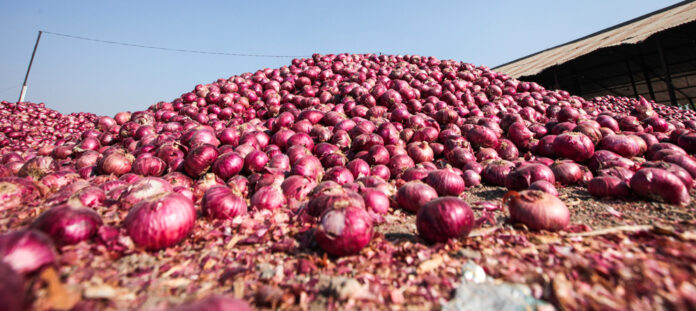As partial response to the chaos generated by the scarcity of onions in the markets, the Department of Agriculture (DA) on Tuesday urged the Local Price Coordinating Council under the Department of the Interior and Local Government (DILG) for more stringent monitoring of the price of the commodity.
It previously launched the Optimization and Resiliency in the Onion Industry Network or ORION program which seeks to promote a competitive, resilient, and profitable onion industry by improving the productivity and efficiency of onion plantations via a certification mechanism, reduce pre- and post-harvest losses, improve product distribution and logistics, and ensure sustainable supply in the market.
The DA said these form part of concrete solutions resolving supply shortages of both onions and sugar at the moment.
Only on Monday the DA met with growers, traders, importers and other stakeholders, along with relevant government units to flesh out issues that led to spikes in the price of onions since late last year.
That meeting also sought to determine why local production is unable to meet the annual onion demand of 260,000 metric tons (MT).
In 2022, a total 283,172 MT of red and yellow onions as well as shallots were harvested from 29,728 hectares planted to the commodities versus the monthly requirement of 21, 679 MT.
President Ferdinand Marcos Jr. as concurrent DA Secretary has committed to ensure food security in the country.
The ORION program provides easy access credit loans for the purchase of equipment and construction of facilities, help organize farmer clusters and associations for production and market integration, and introduce innovative farming technologies and value-adding processes to maximize production and income.
Onions are usually grown during the dry months and are suitable in selected areas in Luzon and the Visayas.
Among the factors affecting the price and supply of onion are the increase in the price of inputs such as fertilizers and seed, low level of mechanization and high labor costs, expensive marketing and distribution, limited access to credit facilities, and inconsistencies in information.
An estimated 35 percent of harvests is usually lost due to the absence of cold storage facilities and improper handling. In 2022 at least 100,000 metric tons of onion were lost, the DA said.
Also, the government is finalizing the volume of sugar it will import this year although the Sugar Regulatory Administration (SRA) said a suggested 450,000 MT to fill two months of buffer stock remains a working number.







